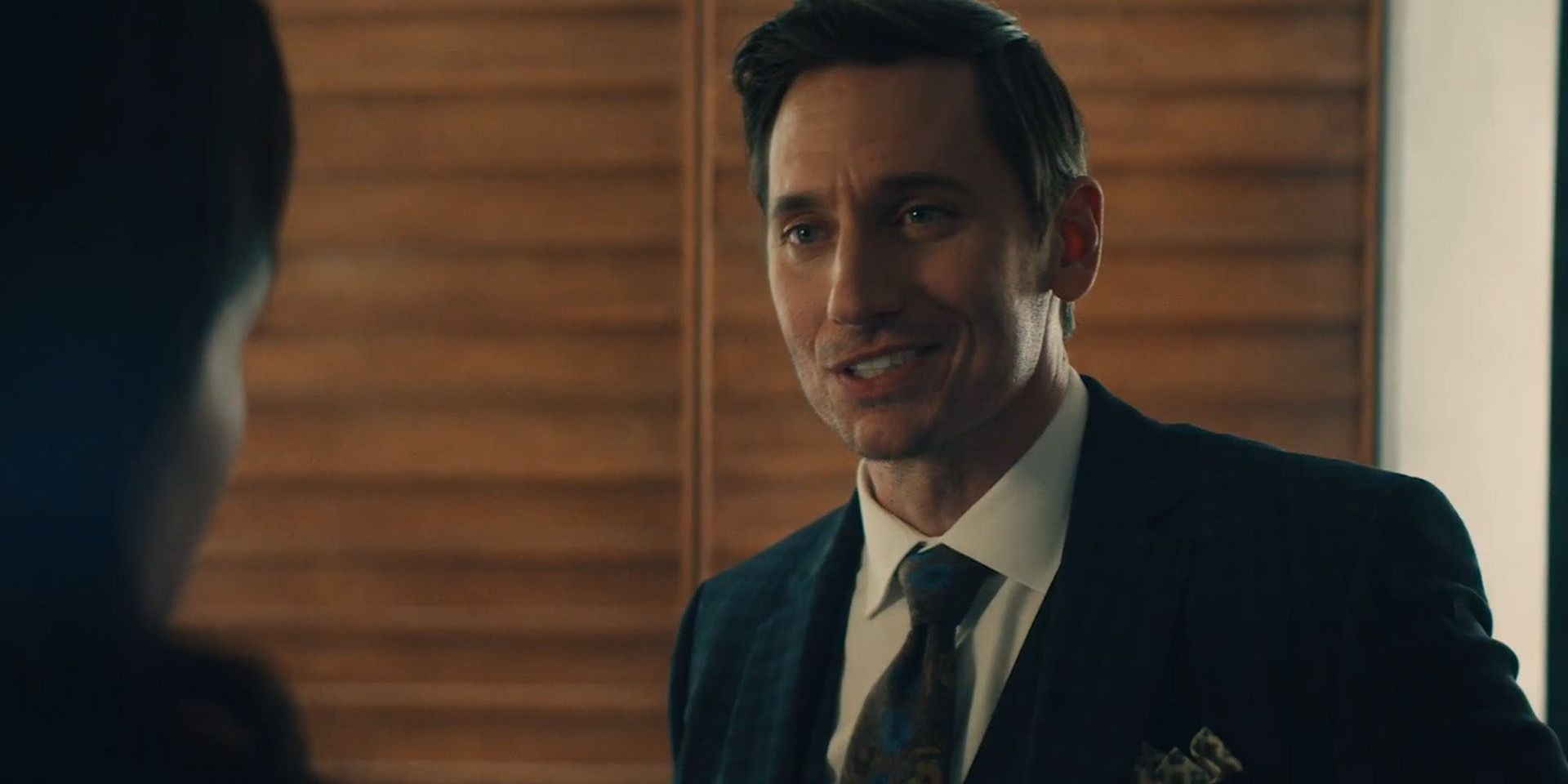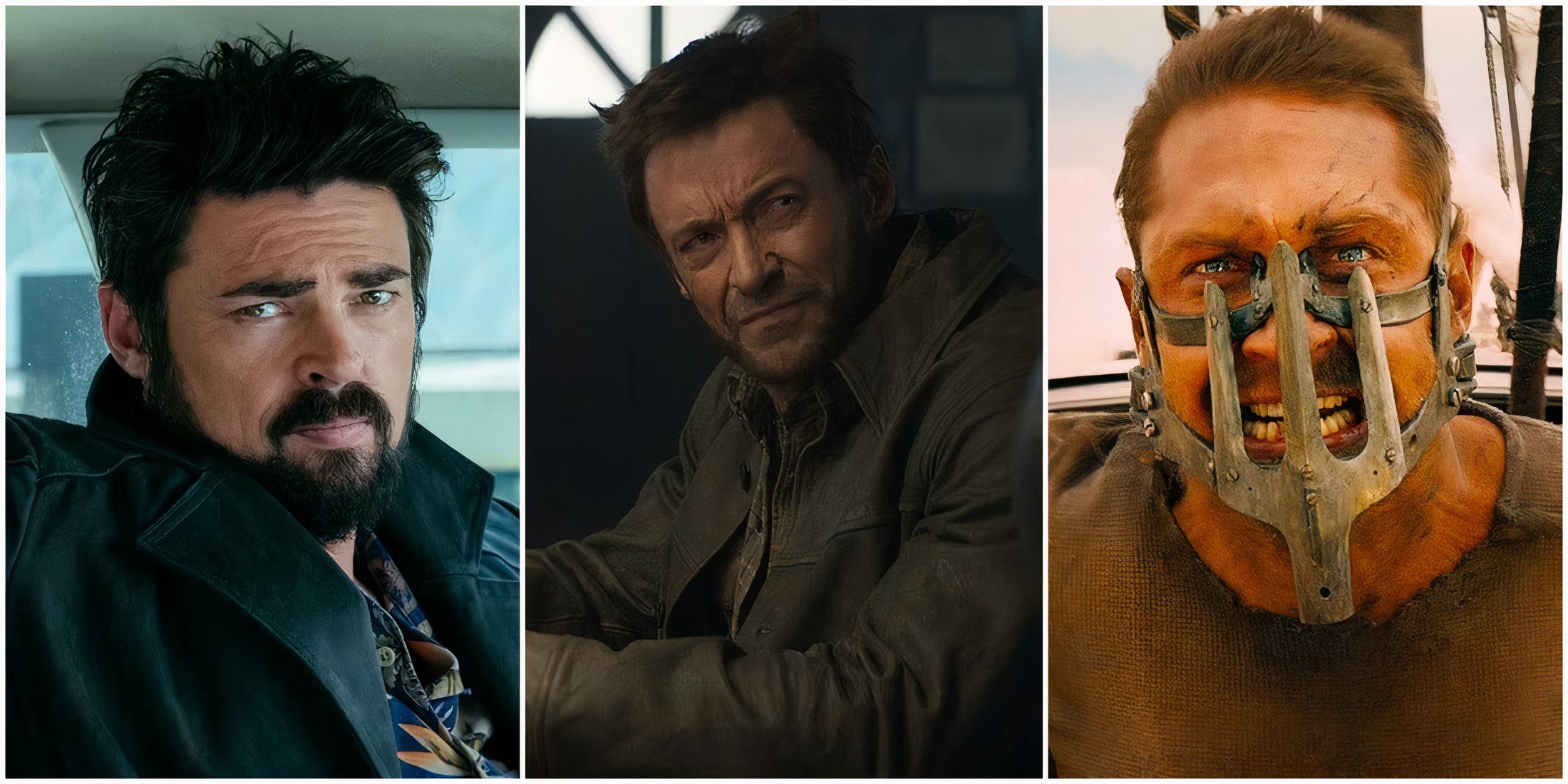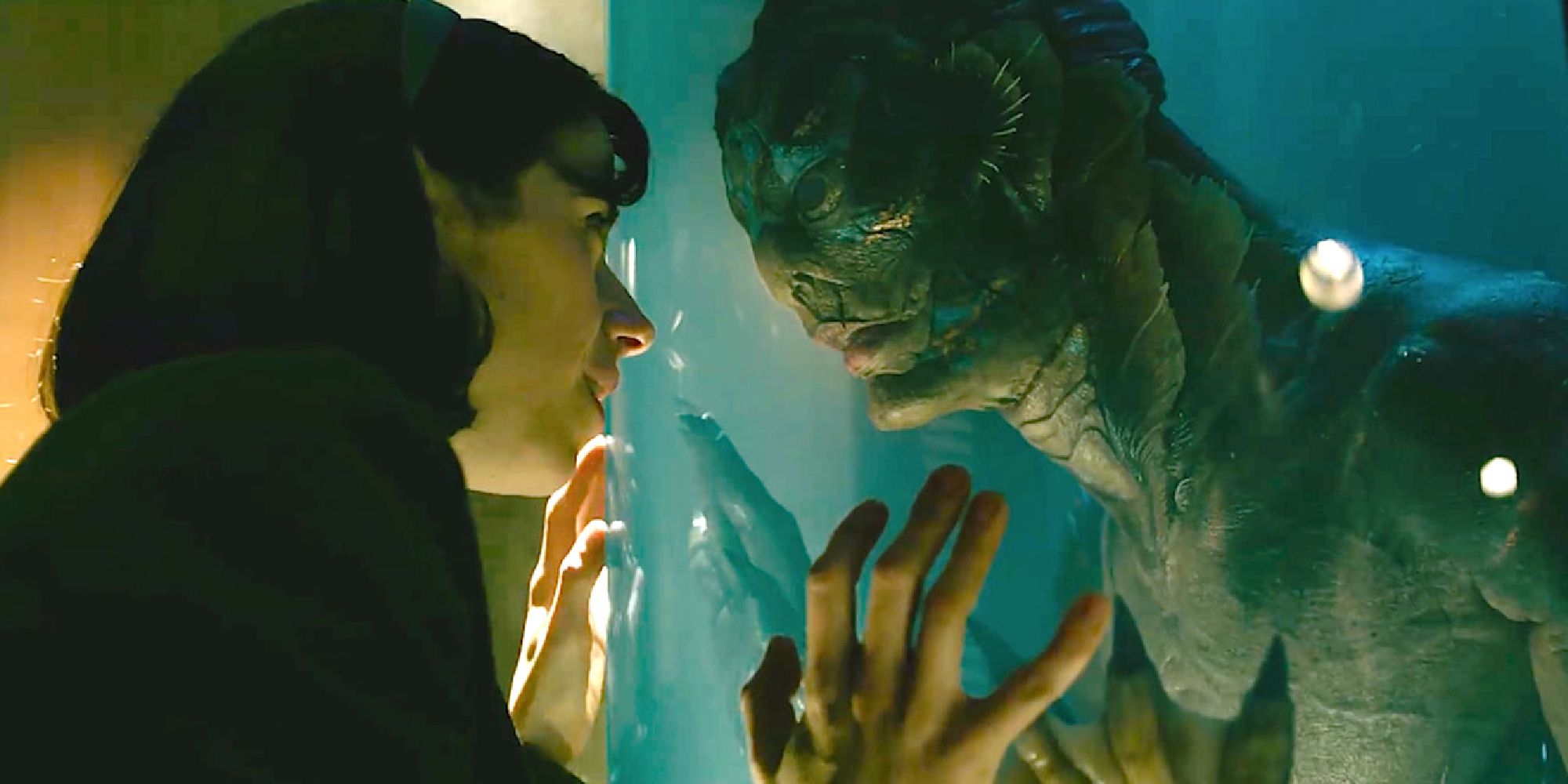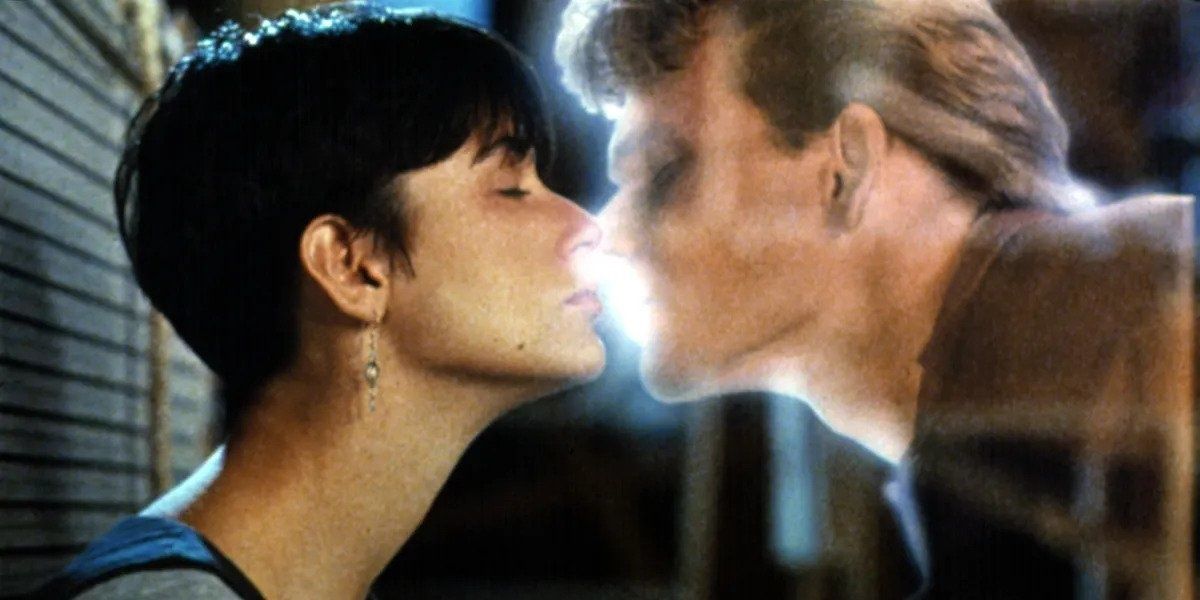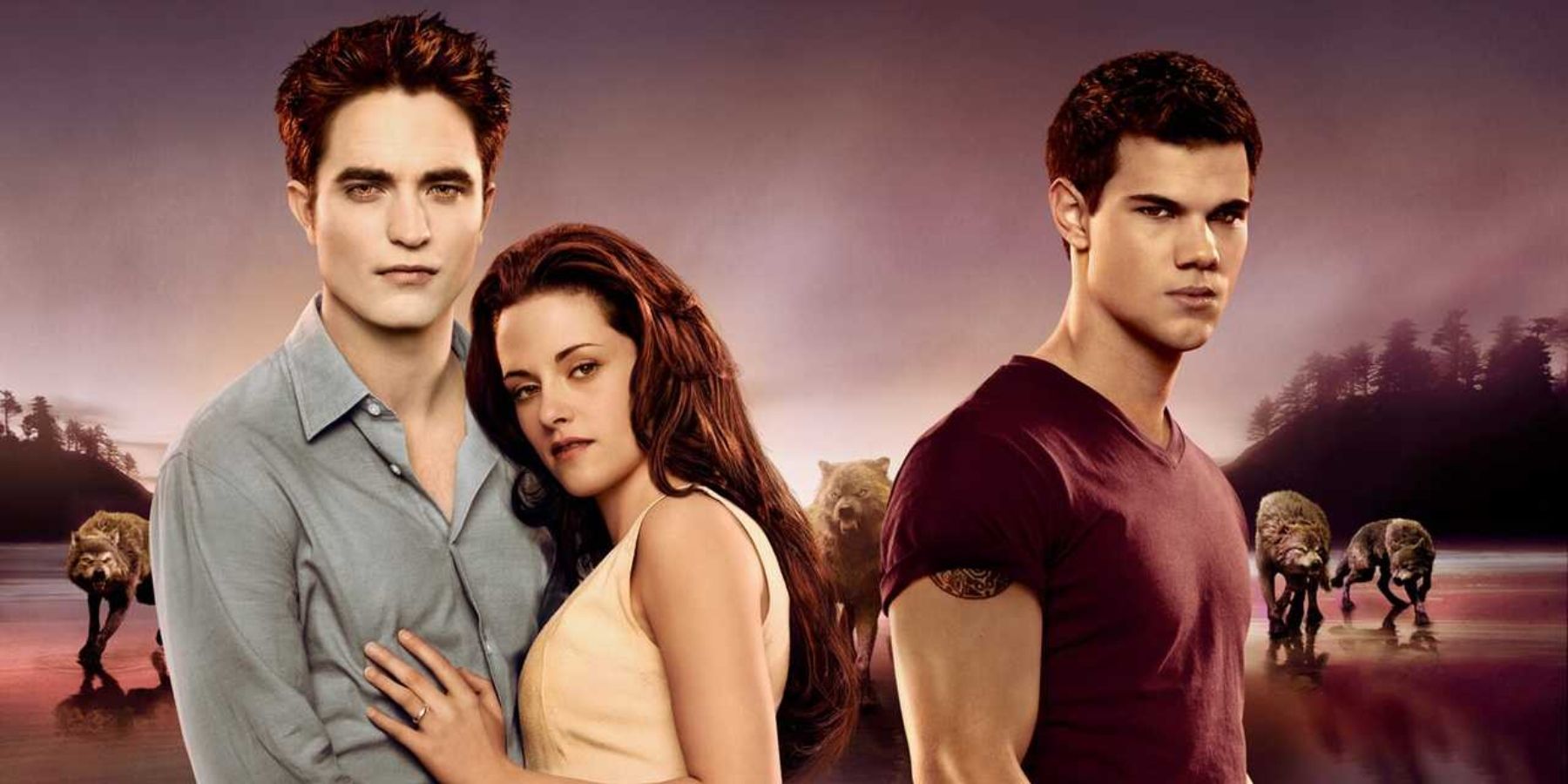Science fiction and fantasy are technically genres, but they are just as frequently used as settings, aesthetics, or background furnishings for other genres. Action, horror, comedy, and plenty of other bigger concepts have unique subgenres that tie into speculative fiction. Paranormal Romance is the subgenre that covers the traditional bodice ripper tropes with one or more parties taking the form of something beyond humanity.
Romantic fiction is scrutinized more heavily than most genres. Most stories have some element of romance, but when the relationship is the main draw of the tale, it'll have to battle some unfair assumptions. Paranormal Romance combines that scrutiny with the typical disrespect applied to all speculative fiction to create one of the most unfairly disparaged forms of art ever crafted.
Paranormal Romance does exactly what it says on the tin. The genre is packed with examples of human beings falling in love with things that look broadly human but are actually something else entirely. This genre is most frequently headlined by women, most of whom are somewhat normal before they meet their new flame. That flame can take the form of almost any notable abnormal figure. A ghost may sweep a young lady off of her feet, a vampire may reveal a secret soft side, an alien might be more human than they first appeared, and so on. Typically, this subgenre is tinged with self-insert fantasy, encouraging the audience to imagine themselves in the role of the often somewhat uninspiring main character. In stark contrast to most speculative fiction, the lion's share of Paranormal Romance fiction is written by women. It tends to be a fantasy in the psychological sense, as well as in the sword and sorcery sense.
The fictional history of people falling in love with attractive non-humans dates back generations, but the type of story one would associate with Paranormal Romance today is relatively young. Take, for example, the Scottish ballad of Tam Lin, which survived in folkloric musical tradition before being properly written down in 1549. The tale follows a young lady, typically called either Janet or Margaret, who makes her way into a supposedly haunted forest. Legend has it that if a woman enters the forest without a tribute, a handsome spirit will appear and ravish her. Janet/Margaret willingly gives herself to Tam, then battles the fae of the forest to keep him for herself. Update the language a bit and this story would absolutely still work today.
Modern Paranormal Romance developed in literature, mostly throughout the 2000s. It's a logical evolution of Gothic Romance, which often paired upstanding women with attractive brooding men. The same era generated many of the monsters that remain beloved today, leading Paranormal Romance to combine the two. One of the earliest pioneers of the modern genre was Christine Freehan, whose Dark series has run for more than 20 years. The covers of her novels remain the go-to image for the genre, almost universally depicting handsome half-dressed men in various colorful fantasy environments. Each story follows a new fated pair of "lifemates" who inexorably fall for each other in a world of magic and mystery. These torrid tales found homes with publishers like Avon and remained popular across decades. There are no less than 36 Dark books, with more still on the way.
Of course, any examination of Paranormal Romance would be incomplete without a look at its most infamous name. Stephenie Meyer's Twilight franchise became a global phenomenon across multiple mediums. The novels dragged a niche genre into world-conquering success while the very faithful film adaptations ensured that Edward and Bella would become the default Paranormal Romance partnership. Twilight is unique in many ways, eschewing most of the tawdry erotic elements of the genre while still leaning hard into psychosexual fantasy. Meyer's strict Mormon faith influences her fiction, leading her to wallpaper her most notable works with a sort of fetishized abstinence. The Twilight franchise is a bizarre flagship for the genre. It's not the kind of work that sums up its entire movement, it's an outlier that seems to escape its trappings by being different. Whether the changes introduced by Mrs. Meyer improve upon the concept is left up to personal taste.
In the modern day, there's plenty of room for a wide variety of Paranormal Romance stories. New horizons like Guillermo del Toro's The Shape of Water or Avery Alder's Monsterhearts continue to push the genre forward. Paranormal Romance has also become the broad underpinning of the entire visual novel genre of entertainment, providing a slightly interactive take on the concept. One could see why the audience might want to fully immerse themselves in this sort of thing. Paranormal Romance is an inherently vulnerable genre. In its unique conceits, it reveals so much about its author, its audience, and the world that chooses to praise or deride it. The subtle art of crafting the perfect lover might not be to everyone's taste, but it'll always have its fans.

